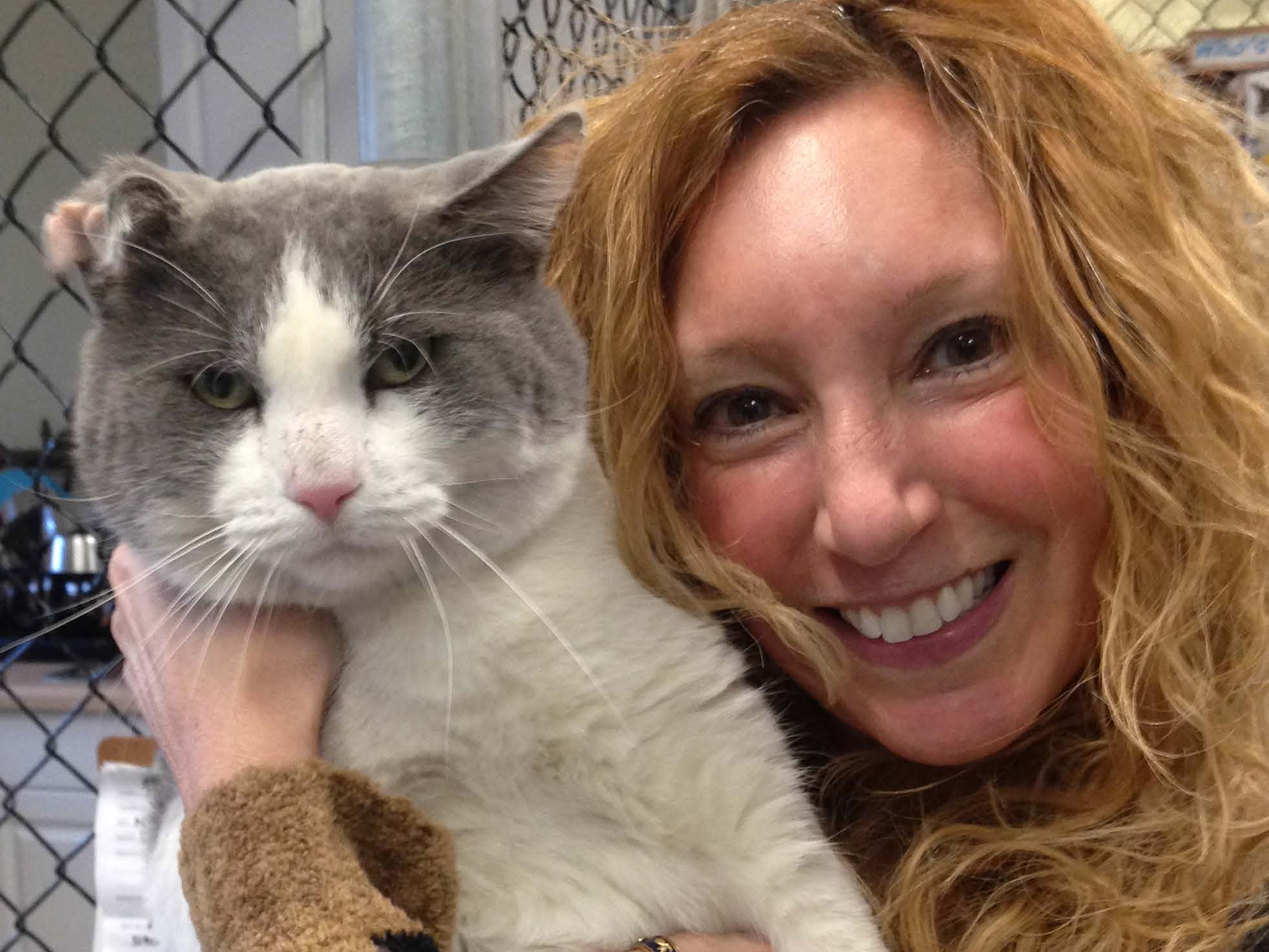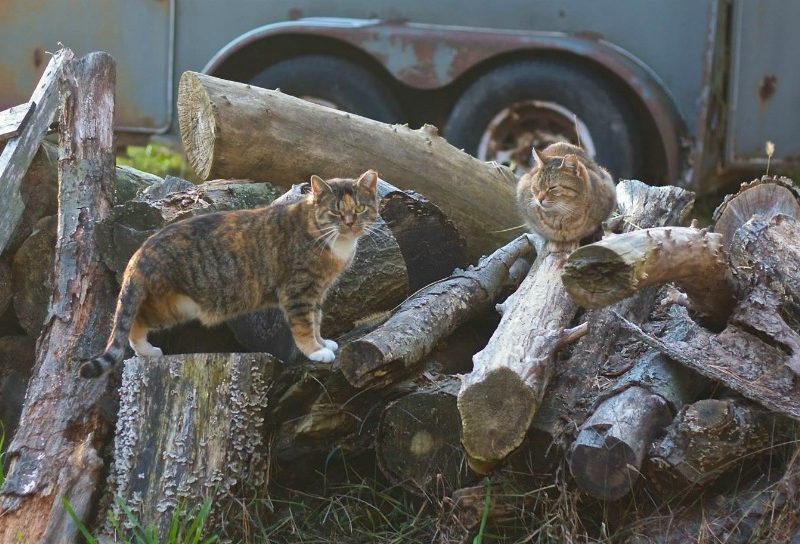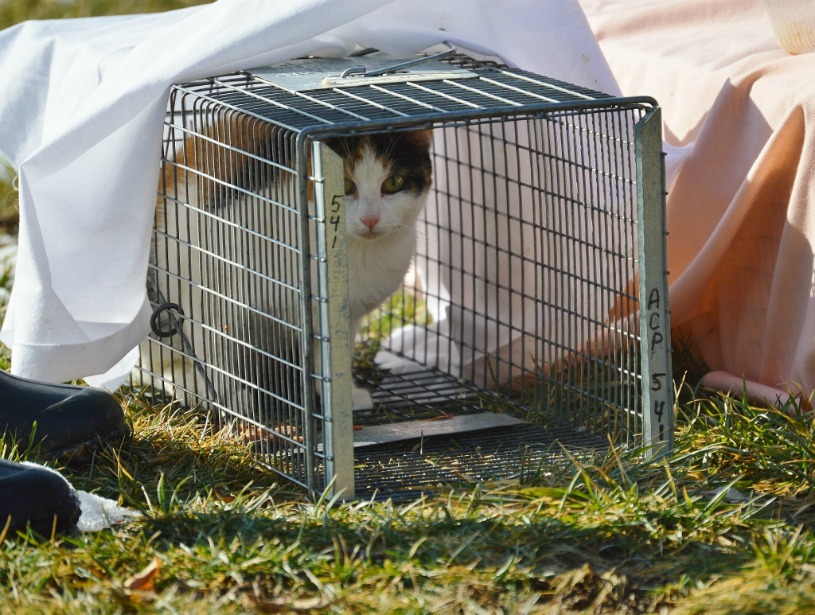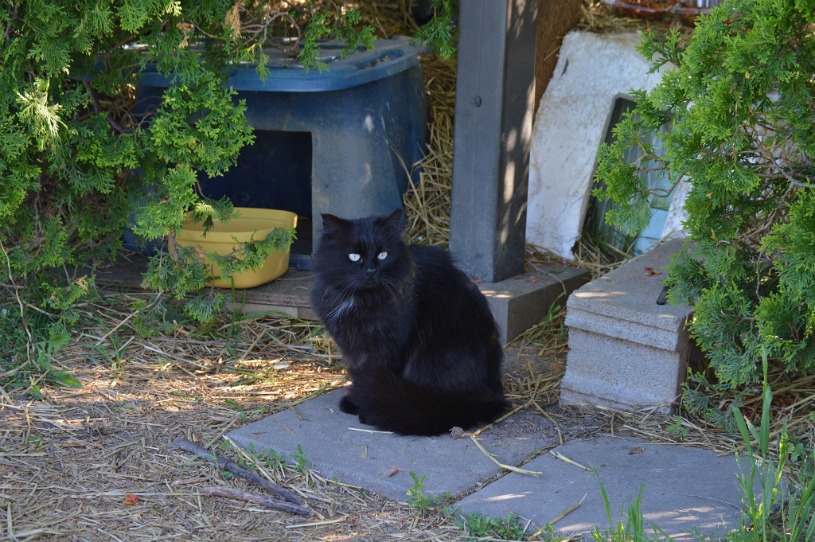
Interview! Rachel Geller, Vice President, Ellen M. Gifford Shelter for Homeless Cats, Brighton MA
July 9, 2016
Interview! Julie White, Former Senior Director of Grants, Programs and Field Initiatives at PetSmart Charities
July 12, 2016
Summertime is when our trappers are their most active. We are so busy handling calls about kittens in distress, feral mothers and cat fights. It is, by far, when cats are their most visible in the community. It seems like everyone wants community cats gone in July and August! Trust me, these are the days that we almost wish (or hope!) for a 12-inch snow fall just to get everyone to be quiet. I always wonder where people think all of these cats are in February, when we never get calls, don’t you? So when it comes to the summertime, we need to think about the topic on everyone’s minds: To Relocate or Not To Relocate – That is the Question!
As trappers, how can we calm these heated attitudes? I touched upon some of these issues in my blog last week. I still think it is worth discussing how we, as trappers, need to think about our options for actions with cats in the community, though. Especially about how we should react!

To Relocate or Not To Relocate – That is the Question
Typically, we have 4 options on how to handle the issue of community cats:
TNReturn (50%) of the time:
This is the first option. If a cat appears in good condition (health, good coat, wide berth) then we know the community is supporting this cat. Even if we don’t specifically know who that might be. If your organization doesn’t specifically track colonies and colony feeders, TNReturn is still the best option for many cats.
TNRescue (30%) of the time, depending on the year:
In the summertime, at colonies where all of the cats are not sterilized, we see kittens and lots of them! Moms are very good at producing kittens, along with having much larger litters, as the colony begins to get close to 100% sterilization. The last two litters that came out Newburyport in our early days were 9 and 11 kittens in each litter! That is pretty overwhelming for the Mom cats! Mother Nature has an interesting way of trying to balance things out, though. Luckily, kittens are actively rescued in the summer months and can make up much of a colony. We all hear that 50% of kittens don’t make it through the first year. I STILL cringe, remembering a local town Animal Control Officer telling the city council how many kittens were found hit by cars during the year… That story did get us funding though!
This is actually the group of cats that drive trappers crazy! Why? Because finding placement for these kittens takes up a lot of time, effort and space in homes. Logistics aren’t easy to deal with. Ideally, it would be best to have a volunteer specifically dedicated to this task alone. That way, these kittens can move on to adoption placement and trappers can focus efforts on other items.
TNRoom at the Inn (18%) of the time, depending on the year:
These cats are the known, friendly strays. During the summer months, our shelters are very full of many cats that have a hard time at successful placement. Also, in summer months, we most likely will focus on Trap, Neuter and Returning many of these known, friendly cats. Don’t forget this, come November- February, though! This is when that you should go back and re-trap (good use for the drop trap) these friendly cats and bring them in for adoption. This can make a huge difference!

TNRelocate (2% to 0):
Relocating Cats to a Barn is the most labor-intensive, potentially life saving effort out there. Why do I say potentially? It is due to the fact that it is SO labor intensive. Also, if it’s done wrong and any part of the process is shortened, cat relocation success is severely compromised. The more successful relocations are with cats that have some bonding capabilities with people. That means that easily overstimulated kitties or cats that really won’t use the litter box may be a great fit for a barn. As trappers, though, we don’t get to hand-pick the cats in our colonies for barns. If the colony has to go, we have to take what is given to us and work with it. So, with that said, these are my quick guides if the relocation route is taken:
- If you have ferals (the larger the group the better), keep them together. Find a barn with a good tack room and keep them there for well over a month to acclimate. Feed them wet food in the tack room to bring them in at night. Bonded ferals stay together. This is a MINIMUM of 4 cats.
- If you have a barn that wants only one or two cats, go with ones that have litter box issues. Active kitties are also a good choice. They also need a month-long acclimation period, but people need to make a big commitment to spend time with them and bond. Also, get them used to eating at night where they start responding to calls or the sound of the can opening.
- If the barn doesn’t have a way to contain the cats at night, I would recommend that the cat be adopted as a house cat. Re-home them to the house and have them be an indoor/outdoor cat, while being in the barn during the day.
Relocation Issues:
Predators are most present at night, so that is when we need to be vigilant to get all of our animals in a safe area!
Another big problem with relocation can be testing for Felv (Feline Leukemia). If a cat tests positive for Felv, relocation isn’t an option and your cat outcome becomes more challenged. I will address this issue in a future blog so keep a look out.
The decision to rescue a cat for the purpose of relocation is one that should be made with extreme care and planning. To Relocate or Not To Relocate – That is the Question! How do you handle relocations in your area? Please share your thoughts and experiences below!




